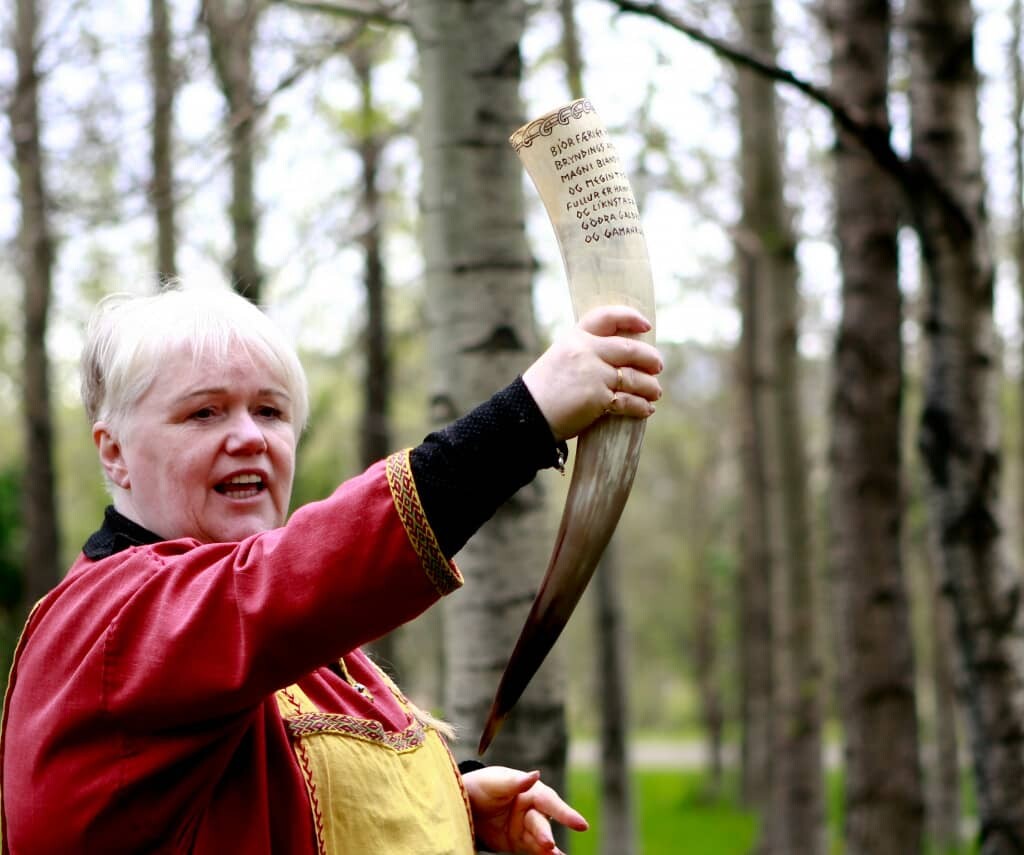In recent decades, the vegetarian diet has grown in popularity around the world. However, it was in the Indus River Valley and ancient Greece that this way of thinking, based on respect for all species on Earth, got its start.
The history of the vegetarian diet
Since ancient times, vegetarianism has been recognized and practiced. It is common to see large plates of meat at the banquets of ancient peoples, but this depiction may be more a product of the imagination of painters than of historical fact.
In reality, it seems that most of mankind has only recently consumed large quantities of meat. Meat consumption was not as common in ancient times.
This fact could be due, in part, to the difficulties of hunting. For example, it would have been very difficult to supply enough meat for the entire population in arid nations such as Egypt. An alternative view, shared by many ancient peoples, was completely forgotten by later generations.
Asia values animal welfare
We know that animal sacrifice was a common practice among early humans during rituals. Furthermore, to prove that they were not vegetarians, animal bones were found.
However, over time, some people began to avoid meat-rich diets in favor of vegetables. According to ancient writings, the first cause of this transition was a new perspective on the existence and the animal kingdom.
Pioneers of the vegetarian diet
The pioneers of the vegetarian diet are believed to have originated in Asia, specifically in ancient Indian civilizations.
Emperor Ashoka (304 B.C.-232 B.C.), who advocated the need to preserve animal life, was one of the earliest proponents of Buddhist vegetarianism. Ashoka’s plan aimed to put an end to animal sacrifices and instill respect for all living beings in society. In his edicts, this king declared:
This Dhamma decree has been prepared for the benefit of King Piyadasi, the Beloved of the Gods. No living being may be sacrificed or killed here (in my domain).
Even if there are other celebrations that the Beloved of the Gods, King Piyadasi, approves of, none of them should be observed, for the Beloved of the Gods, King Piyadasi, sees much to object to in such festivities (…).
It was decided that various creatures should be preserved 26 years after my coronation:
Every four-legged animal that was neither useful nor edible, including parrots, mainas, arunah, red-headed geese, wild ducks, nandimukhas, gelatas, bats, queen ants, water turtles, spineless fish, vedareyaka, gangapuputaka, sankiya fish, land turtles, porcupines, squirrels, deer, bulls, okapinda.
Pregnant or lactating goats, sheep and sows, as well as their young under six months of age, must be protected. Whether for an unjustified reason or to kill a creature, it is forbidden to castrate roosters, burn pods containing live creatures or destroy forests.
It is forbidden for one animal to eat another.
Vegetarian diet in Asia
Numerous other religious and cultural works of ancient Asia mention the vegetarian diet. Buddhism and Hinduism are the two religions most associated with vegetarianism.
While some followers of these religions may not abhor eating meat today, historically this belief has played an important role in their religious practices.
In 675 AD, Emperor Temmu of ancient Japan banned the consumption of game meat. The staples of Japanese cuisine from the Nara era until the Meiji Restoration (about 1,200 years in total) were vegetables and legumes.
The national diet was almost entirely vegetarian, with fish occasionally being served. This began to change with the coming to power of the Meiji Emperor, who lifted the previous taboo on eating meat in the second part of the 19th century, the ancient Japanese were surprisingly long-lived at this time.
Veganism in historical Europe
The earliest written accounts of vegetarians come from Herodotus, who wrote about some of the coastal peoples of North Africa. Diodorus Siculus later clarified that some tribes in Ethiopia also did not eat meat. Greece adopted the vegetarian diet around the 6th century BC.
Pythagoras, a well-known philosopher, wrote about the Orphic religious cult, which also encouraged an aversion to meat consumption.
One of the first Western thinkers to advocate a vegetarian diet was Pythagoras; however, his followers were not obliged to follow this lifestyle, but many of them did.
However, no earlier written records of this type of diet have been discovered in Europe, it is unknown if this was the first time the concept of vegetarianism arose there.
During his lifetime, in the 5th century BC, the philosopher Empedocles also left written records attesting to his ardent support for vegetarianism and animal welfare. According to Plato, Hesiod and Ovid, humans should avoid eating meat.
However, some Stoics and Cynics also supported this view. Vegetarianism was practiced by a considerable part of the students of Plato’s academy. Polemon and Xenocrates did not eat meat.
Although it is unknown for how long Porphyry, Plutarch and Plotinus adhered to a vegetarian lifestyle, they all strived to do so.
Vegetarian Christianity
It is believed that the eminent theologians St. Thomas Aquinas, St. Augustine and St. Francis of Assisi were also vegetarians. But no record or source can support this theory. Some ancient documents claim that early Christians were vegetarians.
In early Greek Orthodox Christianity, vegetarianism was common. Clergymen abstained from eating meat and drinking in countries of Orthodox faith such as Russia, Greece, Serbia, Cyprus and others.
The return to vegetarianism
In Europe, vegetarianism practically disappeared during the 4th and 6th centuries AD. But many monastic organizations that forbade the eating of meat (but not fish) for theological reasons continued to practice it in the early Middle Ages.
The vegetarian diet had a brief revival during the Renaissance and is currently making a comeback.
Related video
A Beginner’s Guide to Going Vegetarian
With information from ancientoriginsespanol.substack.com




